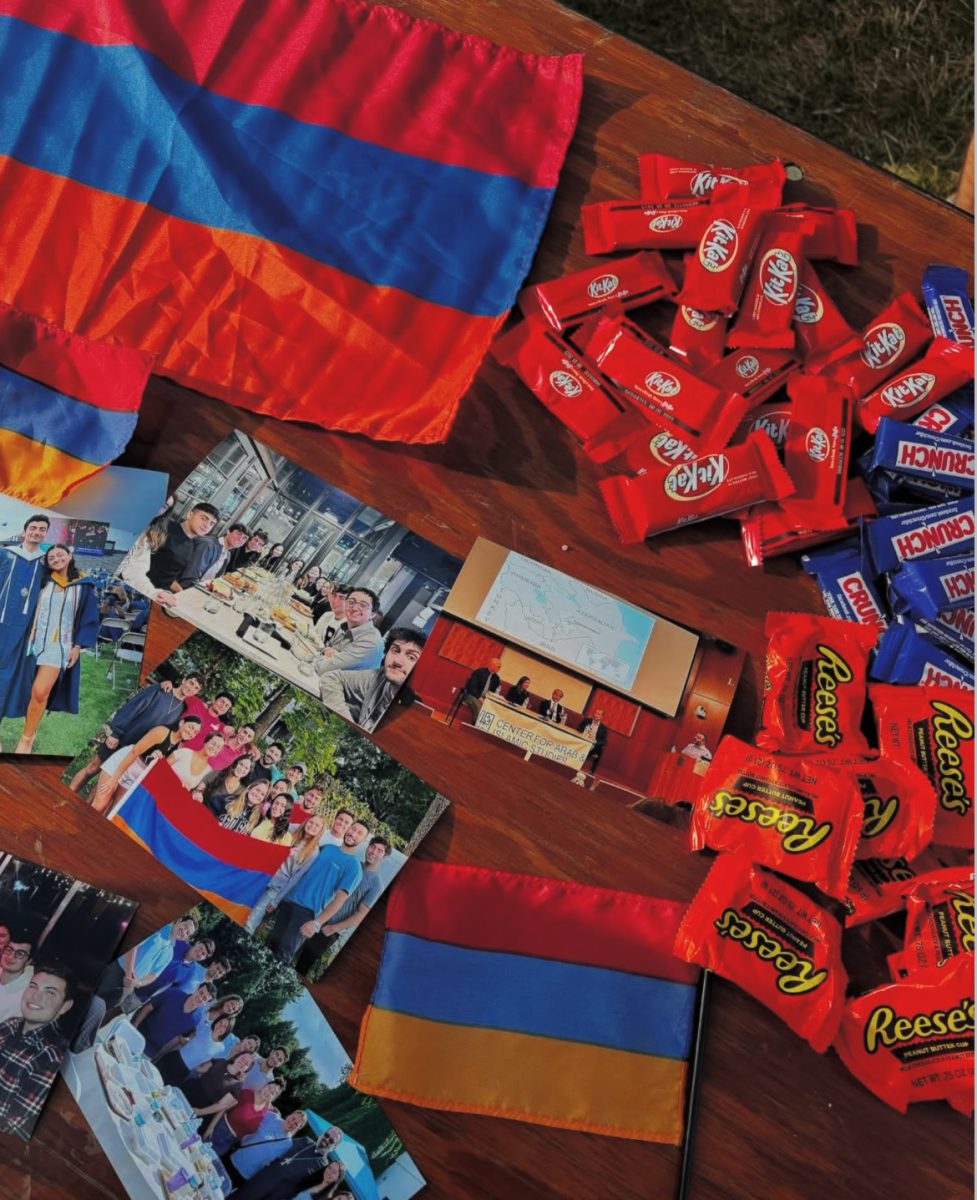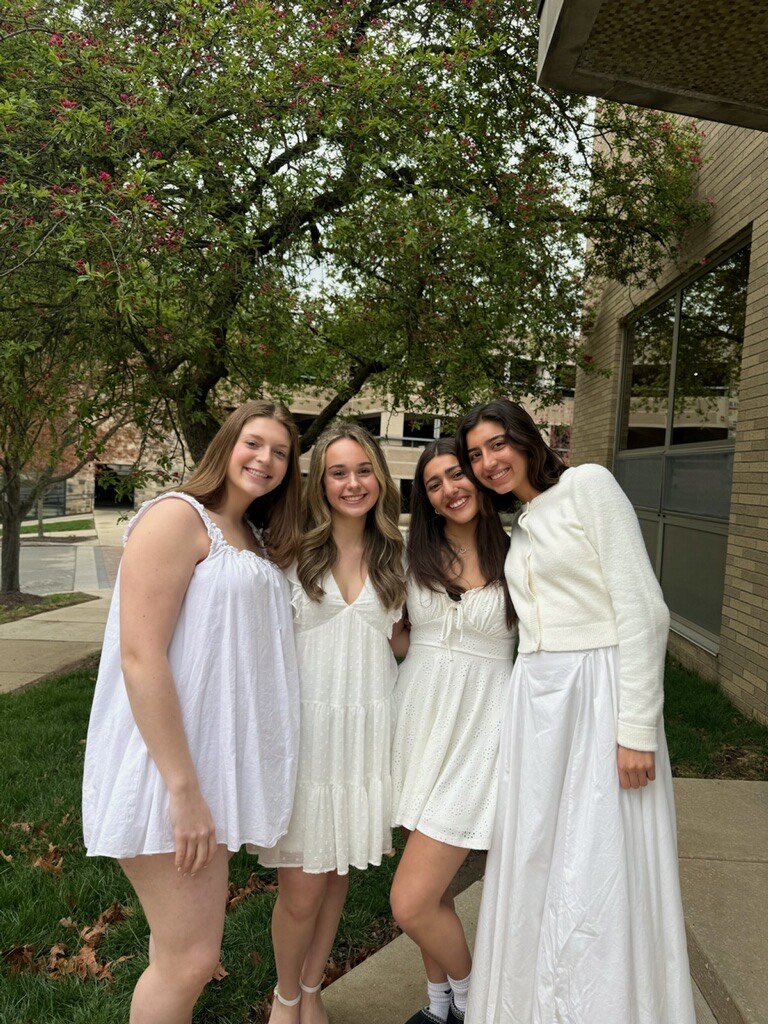It looks like it may be time to bring masks out of retirement because COVID-19 is making its official return. In recent weeks, COVID-19 cases and hospitalizations have been increasing throughout the United States and, as the fall months approach, cases are predicted to be on the rise.
Over the past year or so, it seems that many Americans have pushed the thought of COVID-19 to the back of their minds. After all, cases have dwindled since the December 2021 and January 2022 Omicron variant surge, and 70% of the United States population is now considered fully vaccinated against the virus.
However, variants are constantly changing, decreasing in infection rate and then reemerging. Therefore, it is important to keep in mind that “COVID-19 has never really left us,” according to Dr. Graham Snyder, the Medical Director of Infection Prevention and Hospital Epidemiology at the University of Pittsburgh Medical Center.
A new Coronavirus variant known as BA.2.86, also called Pirola, is responsible for the recent spike in cases. Unlike past variants, BA.2.86 has more than thirty mutations to its spike protein, which is how it enters human cells. This is worrisome because scientists are concerned that these mutations allow the virus to easily avoid immune defenses.
In the past, when variants evolved, there were only one or two mutations to its spike proteins, but a massive shift like this from XBB.1.5, the previous highly contagious variant, to BA.2.86, is quite alarming. Fortunately, the results of a new clinical trial revealed that this new variant is not as bad as it originally appeared. The updated Moderna vaccine caused a ninefold increase in neutralizing antibodies against this variant, so fall booster shots should be able to protect against it.
A higher rate of infection may cause citizens to wonder whether mask mandates will be making a comeback, but the White House stated that it is up to local officials to decide whether they will be following mask guidelines from the Center for Disease Control and Prevention.
“It is up to the schools,” White House press secretary Karine Jean-Pierre said last Wednesday. “It is the decisions of the districts to decide what they want to do with the guidelines they’ve been provided by the CDC.”
Here at Villanova, though we should definitely be more careful, masking and other pandemic restrictions should not be reinstated unless cases drastically increase.
With the fall and winter months approaching, the flu and the common cold also spread like wildfire, so taking preventive measures such as frequent handwashing and staying home when sick would definitely be beneficial against all sicknesses, including the new Coronavirus variant.
Thankfully, the new variant does not seem to pose a very serious risk at this point. However, we should remain cautious and continue to monitor its progress.
Furthermore, the COVID-19 vaccine and booster are highly recommended for Villanova students, faculty and staff, and vaccine information for each student is entered into the Student Health Form that all undergraduates submit. Villanova has guidance as to which COVID-19 vaccines are recommended on their website. In January, Villanova changed its protocol for how to proceed when a student tests positive for COVID-19
“Our approach will be much like a family or household strategy that is supporting a family member who is ill,” the website stated.
Students who test positive are permitted to remain in their residence halls during the isolation period, and are allowed to leave their dorms on day six while masked, if they feel up to it. However, students can also choose to go home or travel elsewhere during this time. This protocol seems to be far better than sending infected students to a hotel, as was done previously, and as long as students who test positive try to stay away from others, it is fair.
Social distancing, not sharing personal items, cleaning surfaces and frequent handwashing are also encouraged. For students who are exposed to the virus, their routine does not change. They are not required to isolate themselves and are allowed to attend classes while wearing a mask, which remains unchanged from the Fall 2022 semester.
As always, it is important to consult the Student Health Center with questions regarding testing or quarantining.
Currently, the CDC recommends testing if symptomatic or exposed to someone with COVID, and high-risk individuals should think about masking in crowded settings. In the meantime, medical experts are continuing to monitor the current surge of infections and will update guidelines as necessary.




